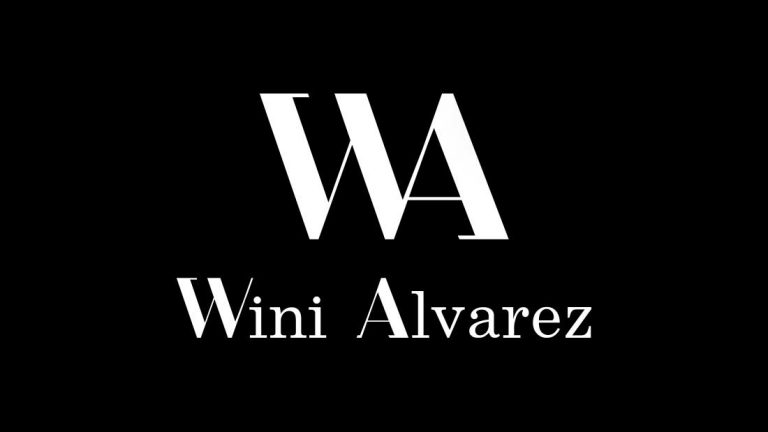A MUST FOR RAISING CAPITAL
Little “Secrets” and steps to build a Business Plan / From Personal Experience
Business Plan
A business plan is a roadmap that outline goals and plans how to achieve those goals. With a thorough business plan, you can think critically about your idea and discover if your model is valuable and actionable.
A business plan is a key document that is needed to start your clothing line.
MY OWN BUSINESS PLAN JOURNEY
My big challenge has been to develop my business plan for myself. Is not a piece of cake but now, i think I know a little more about and would love to share it with all of you.
A little help for your.
It has taken me a year as many hours of work and research to complete it. I have learned something (I could not avoid it) “The map is changing”, not everything will go as planned because the plan you have for your company you will be adapted continuously to change. All starts of a very simple knowledge base. For every business there must be a need. It may even be that it still does not exist. In this case, you have to be able to show that you can still make sense of what you have planned. It is good to have a point of reference but the roadmap marked will change. The importance of having a business plan for your company is that although it will never be complete we will have a starting point as historical documentation of the project and a plan to raise founds.
The design of the presentation matters. Especially if you have to present it to an investor. Take your time to make it beautiful or even hire an specialist to do it for you, at least you have to hire someone specialized for market analysis and other resources.
Keep in mind that your business plan is never finished, it’s a living document. The market and the needs of your potential customer will change over time. If you acknowledge this fact, you will have a clear mind on your business. Be critical, and adapt your business plan if necessary. Stay focused, and know that you will make mistakes. Eventually, the growth of your brand will be positive if you keep your business plan flexible.
A BUSINESS PLAN MUST HAVE
A business plan of a clothing line is a key document with information about the description of the market, your brand story, your products with the pricing, your marketing strategy, and financial information.
First part:
Your Product
You can’t start your clothing line without knowing exactly what you want to sell and who will want to buy it. First comes first: Create your own product.
1. Market analysis
A market analysis is research about the business market you’re in: the fashion industry. The analysis is necessary because you have to know your market, and you have to know if you can build a sustainable brand in this market.
You can do a market analysis by following these steps:
Investigate the targeted fashion segment
Describe your segment and ideal customer
Find out the latest fashion trends
Which brands are popular
Find out your potential competitors
How many direct competitors do you have?
Are these competitors doing good financially?
Write down your Unique Selling Proposition
What is your unique value to compete between others.
2. Brand story

“THE BEST BRANDS ARE BUILT ON GREAT STORIES”
How was your idea, your business born? Tell them about.
The name of your clothing brand
The tagline
Values of your brand
The reason why you want to launch your own clothing brand
Vision: what is your brand in this world?
Mission: what purpose has your clothing label
1. Create your own design, the logo, the image. How your product looks?
2. Choose the style of your clothes
Which colours of textile do you want? Which style of clothes fits your brand strategy?
3. Find a good partner that can produce your clothes.
This is a very important step, don’t choose the most easy or cheapest producer. Find a reliable partner that works on long-term. Make sure that this partner is doing quality control. Your brand has to be made from high-quality materials. That’s a must for the image of your brand, and will certainly lead to success.
4. Price
The price of your clothes has to be right. Prices that are too low or too high will attain in bad results.
5. Marketing strategy

The marketing strategy is the phase where you decide how you will sell your clothes.
How will you sell your clothes? Online, offline, or both? E-commerce is booming for years, so a webshop is certainly a good idea. Find a good partner for your webshop, a company where you can trust on, for example Storelaunchers
I also recommend you to read the post about marketing strategies: 17 successful marketing strategies to take your clothing brand to the next level.
6. Financial section
The purpose of the financial part of your business plan is two-fold. First, you will have to find out if you need investors or partners. They will have to see the financial numbers off course. The second reason, and that’s the most important, is to calculate your own benefit.
How do you write the financial part of the business plan?
Sales Forecast
Start with a sales forecast For every month for the first year, you can set up different lines of sales. This can be measured on the results of the last past year(s). If you’re starting a clothing brand, you can make an educated guess.
Create an expenses budget
How much is it going to cost if you actually make the sales you have forecast? Take into account the fixed costs and the variable costs.
Cash-flow statement
Let’s move to the third step: develop a cash-flow statement. The cash flow measures the total amount of money that goes in and out of your business per month. This is very important, as you have to measure your cash reserves.
Income projections
A projection statement makes you look ahead and make some estimates about the financial status of your business. Shortly said, these are the profits that the company will have in the future. In other words: the profit and loss statement.
Assets and liabilities
Next, you have to deal with assets and liabilities that are not in the profits and loss statement. Let’s explain it easy: an asset is anything that puts money in your pocket, and a liability is anything that takes money from your pocket.
At Last but not least step : Set up your breakeven analysis. The break-even point is when your business’s expenses match your sales or service volume. Your business is viable when your overall revenue will exceed your overall expenses.
 “THE BEST BRANDS ARE BUILT ON GREAT STORIES”
How was your idea, your business born? Tell them about.
The name of your clothing brand
The tagline
Values of your brand
The reason why you want to launch your own clothing brand
Vision: what is your brand in this world?
Mission: what purpose has your clothing label
1. Create your own design, the logo, the image. How your product looks?
2. Choose the style of your clothes
Which colours of textile do you want? Which style of clothes fits your brand strategy?
“THE BEST BRANDS ARE BUILT ON GREAT STORIES”
How was your idea, your business born? Tell them about.
The name of your clothing brand
The tagline
Values of your brand
The reason why you want to launch your own clothing brand
Vision: what is your brand in this world?
Mission: what purpose has your clothing label
1. Create your own design, the logo, the image. How your product looks?
2. Choose the style of your clothes
Which colours of textile do you want? Which style of clothes fits your brand strategy?
 The marketing strategy is the phase where you decide how you will sell your clothes.
How will you sell your clothes? Online, offline, or both? E-commerce is booming for years, so a webshop is certainly a good idea. Find a good partner for your webshop, a company where you can trust on, for example Storelaunchers
I also recommend you to read the post about marketing strategies: 17 successful marketing strategies to take your clothing brand to the next level.
The marketing strategy is the phase where you decide how you will sell your clothes.
How will you sell your clothes? Online, offline, or both? E-commerce is booming for years, so a webshop is certainly a good idea. Find a good partner for your webshop, a company where you can trust on, for example Storelaunchers
I also recommend you to read the post about marketing strategies: 17 successful marketing strategies to take your clothing brand to the next level.

